Cost Efficiency of Whiteboard Paint vs. Chalkboard Paint
Among business owners, educators, and others seeking new ways of creating a practical writing surface, whiteboard paint and chalkboard paint are becoming increasingly popular replacements for traditional chalkboards. However, some undeniable differences emerge when comparing the cost efficiency of walls coated with whiteboard paint with that of chalkboard painted walls. This article will address the topics of initial investment costs, maintenance costs, longevity, frequency of replacement, total cost of ownership, and return on investment for the two coatings to show that, in the end, whiteboard wall paint wins hands down with regard to all of these performance measures.
Initial Investment of Whiteboard Paint vs. Chalkboard Paint
While the initial cost of purchasing whiteboard paint might be higher than that of chalkboard paint, whiteboard paint can be considered a better long-term investment for the following reasons:
- the exceptional durability, usefulness, and versatility of the whiteboard painted surface,
- its long lifespan, which runs for ten or more years before the need for possible replacement occurs
- its comprehensive money-back warranty.
By comparison, chalkboard paint generally has a lower upfront cost than whiteboard paint, making it initially more budget-friendly, although multiple coats are typically needed to create a usable writing surface. Also, the need for frequent recoating and the ever-present need to remove smudges and chalk marks from the surface can lead to greater relative cost over time. That being said, few chalkboard paint brands come with a warranty because they tend to require regular recoating, often after just a short period of service.
Maintenance Costs of Whiteboard Paint vs. Chalkboard Paint
With normal use, walls coated with whiteboard paint require minimal maintenance, mainly occasional cleaning with a microfiber cloth and water or an eco-friendly whiteboard wall cleaner. Whiteboard painted surfaces are thus exceptionally easy to maintain, reducing ongoing costs.
The reason for employing only microfiber cloth to erase and clean walls coated with whiteboard paint is that microfiber can strongly attract dust, dirt, grease, and marker ink particles from the surface. Following this procedure will produce a spotless, attractive writing canvas, ensuring that no additional upkeep is needed and that ongoing maintenance costs are kept at a bare minimum.
Chalkboard painted surfaces, on the other hand, tend to incur higher maintenance expenditures over time due to the need for regular intensive cleaning, possible refinishing as often as every six months, and the need to address the issue of continuous smudging due to chalk dust buildup.
Regarding dust buildup, one user reported online that her chalkboard painted wall suffered from a constant white/gray haze that was difficult to remove. The user added that she repeatedly tried to clean her chalkboard painted wall with a damp cloth, a sponge, and other cleaning tools. However, the wall would look clean only when wet, and then the white/grey haze would gradually reappear when it was dry.
Such smudging or hazing can make a chalkboard painted surface look dull even after it’s carefully cleaned, and may require a special cleaner to regain its luster. This recurring issue can even lead to the need for frequent refinishing of a chalkboard painted surface, thus causing more expenditure of time, energy, and money and adding to the paint’s long-term price tag.
Longevity of Whiteboard Paint vs. Chalkboard Paint
Whiteboard paint offers users much greater longevity and durability. With proper care, whiteboard painted surfaces can last for ten or more years of continuous use without needing replacement. Based on the top-quality ingredients, cutting-edge production methods, and exacting five-step quality control methods used in their manufacturing process, all premium whiteboard paint products come with a comprehensive ten-year warranty against yellowing, peeling, and cracking.
By contrast, chalkboard paint may require more frequent refinishing and touch-ups after a while, thus leading to higher long-term costs. Regarding chalkboard paint’s longevity, one online paint supplier writes that for heavy use, investing in a real chalkboard or adding a new coat of chalkboard paint approximately every six months is advisable.
Frequency of Replacement
As mentioned, walls coated with top-quality whiteboard paint will only need to be replaced after ten or more years of continuous use, ultimately contributing to a more cost-effective solution for users.
The situation is quite the opposite for chalkboard painted surfaces, which may need to be refinished frequently, particularly in high-traffic environments where they receive heavy use. Surfaces painted with chalkboard paint aren’t as smooth as actual slate or slate-substitute chalkboards either; they’re rougher and not as deep black in color as actual chalkboards. So, occasionally, their surfaces must be revived with another coat or chalkboard paint to regain their color.
Total Cost of Ownership
One factor that’s crucial to assessing a product’s return on investment (ROI) is its total cost of ownership (TCO). To calculate TCO, it’s necessary to analyze all direct and indirect costs associated with the use of the product, including replacement expenses. With whiteboard paint, when initial expenditures, ongoing maintenance, and replacement are calculated, the total TCO for the product is lower than that for chalkboard paint over an extended period of time.
Because walls coated with whiteboard paint don’t stain, smear, ghost, or become damaged with normal use and care, they have a long lifespan. This gives rise to major savings on replacement, installation, and maintenance outlays, not to mention an elevated ROI for their great style points and exceptional performance qualities.
While they may initially be more budget-friendly, the cumulative maintenance costs for chalkboard painted walls and the expenditures for potential replacements make chalkboard paint more costly in the long run. Besides the maintenance costs accrued from having to constantly remove smudging from chalkboard painted walls, continuous removal of chalk dust from nearby furniture and equipment add to their total cost of ownership. Thus, after analyzing the initially lower price tag for chalkboard paint, a higher total cost of ownership emerges.
The adverse health effects of the chalk dust given off while writing on and erasing chalkboard painted surfaces also contribute to chalkboard paint’s higher TCO. Harmful physical effects such as coughing, wheezing, and shortness of breath can lead to downtime for individuals who use chalkboard painted surfaces regularly. These factors can lead to greater expenses and lost income for businesses or households, adversely affecting their budgets.
Return on Investment (ROI)
Whiteboard paint offers a much higher ROI than chalkboard paint due to its extended life span, lower maintenance requirements, and easy adaptability to modern collaborative work practices, such as group brainstorming and digitally enhanced team meetings. Considering that it endures for ten or more years of continuous use, and provides vast spaces for writing and drawing, applying whiteboard paint is a sound business investment for both practical and creative reasons.
The dictionary defines “investment” as the allocation of money in anticipation of a future return or benefit. In the case of premium whiteboard paint, the major return on investment is many years of easy, unproblematic use, which translates into lots of saved income because after the paint is applied, users never again have to buy short-lived writing media such as traditional whiteboards or flip charts. Whiteboard paint also offers a highly cost-effective alternative to conventional whiteboards, eliminating the need to invest in multiple boards or a large-scale whiteboard installation.
Conversely, while cost-effective initially, the ongoing maintenance and potential replacement needs of walls coated with chalkboard paint negatively impact their overall ROI and, in turn, their users’ bottom line.
In today’s highly competitive, data-driven world of commerce, new cost paradigms are constantly being implemented, and business owners are regularly measuring return on investment for all of their working assets. In doing so, operators should consider whiteboard paint as a better option than chalkboard paint for producing a long-lasting and highly practical writing surface.

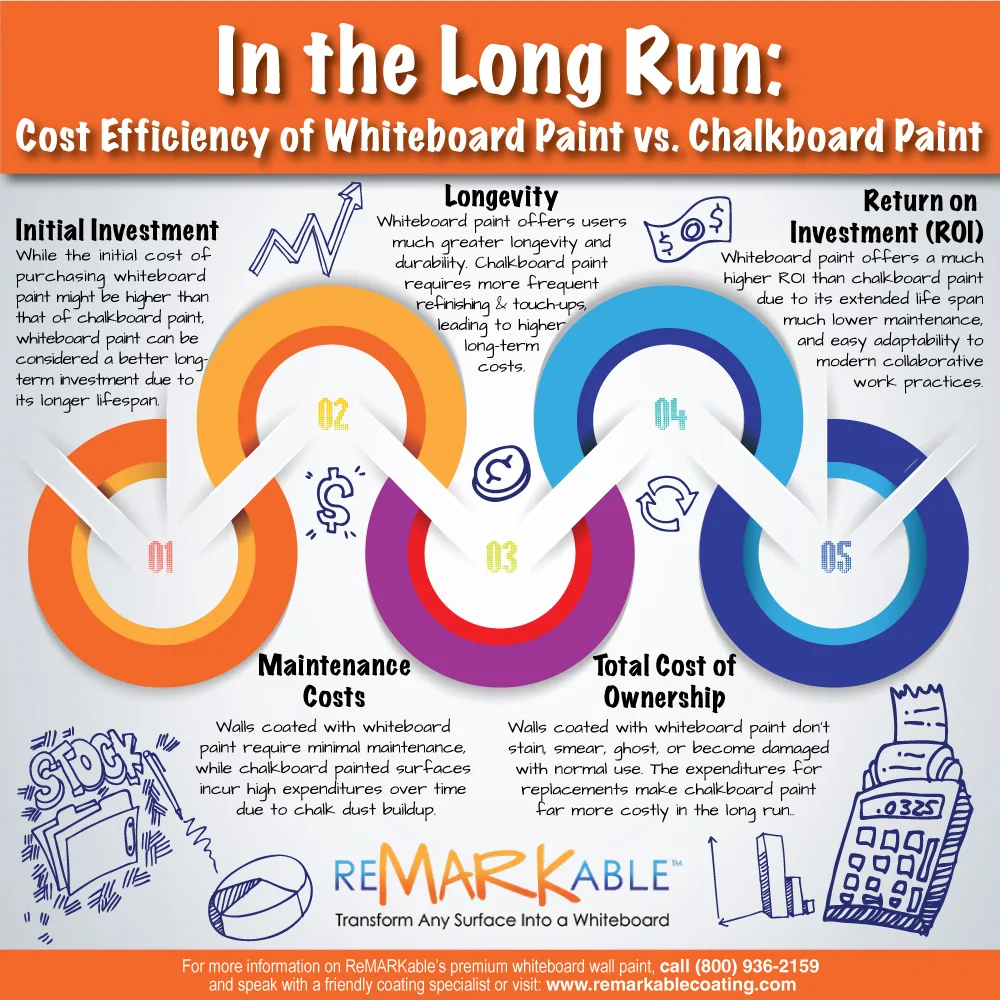
























































































![ReMARKable’s Winter Sale is Here! [25% Off + Free Shipping]](https://www.remarkablecoating.com/wp-content/uploads/2018/01/Red-Tag-Winter-Fashion-Facebook-Post-1-440x264.png)















![Drive Your Organization Into Openness and Watch it Expand [20% Off Whiteboard Paint]](https://www.remarkablecoating.com/wp-content/uploads/2016/04/Drive-Your-Organization-Into-Openness-and-Watch-It-Expand.-1-440x264.jpg)

![30% Off St Patrick’s Day Sale! [Details Inside]](https://www.remarkablecoating.com/wp-content/uploads/2016/03/Glorious-1-440x264.png)


![Giant Leaps Forward Require Big Spaces. [Leap Year Sale Event!]](https://www.remarkablecoating.com/wp-content/uploads/2016/02/Giant-Leaps-ForwardRequire-Big-Spaces-440x264.jpg)

















![ReMARKable Summer Sale 2018 [28% Off Whiteboard Paint]](https://www.remarkablecoating.com/wp-content/uploads/2018/06/Blue-Simple-Line-Beach-Facebook-Post-1-440x264.png)







































































































































































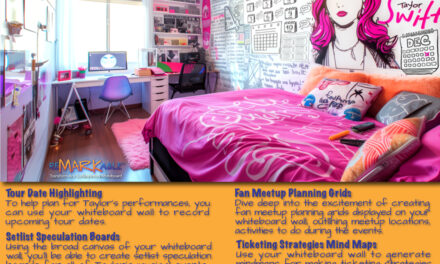


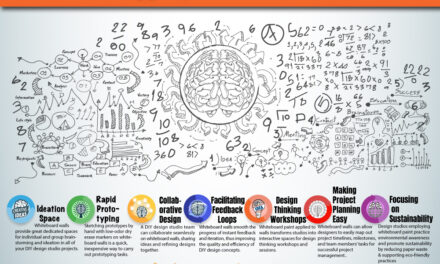
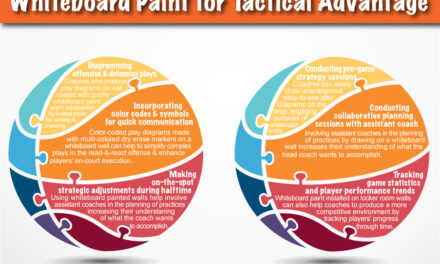
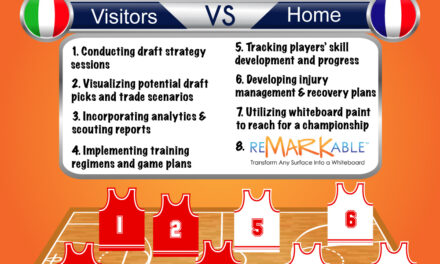

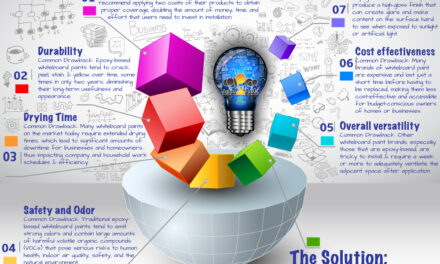

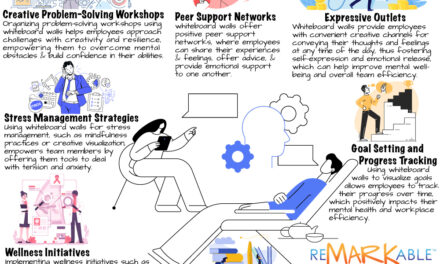
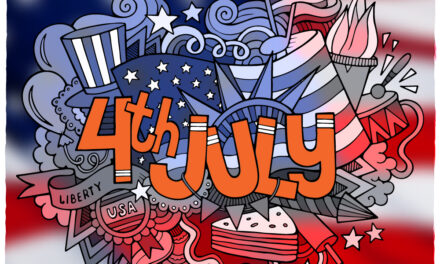

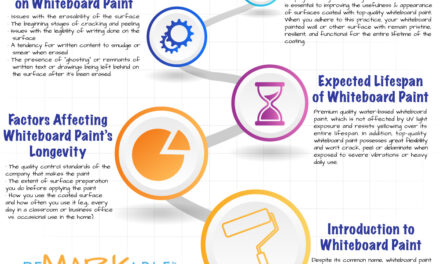
















0 Comments